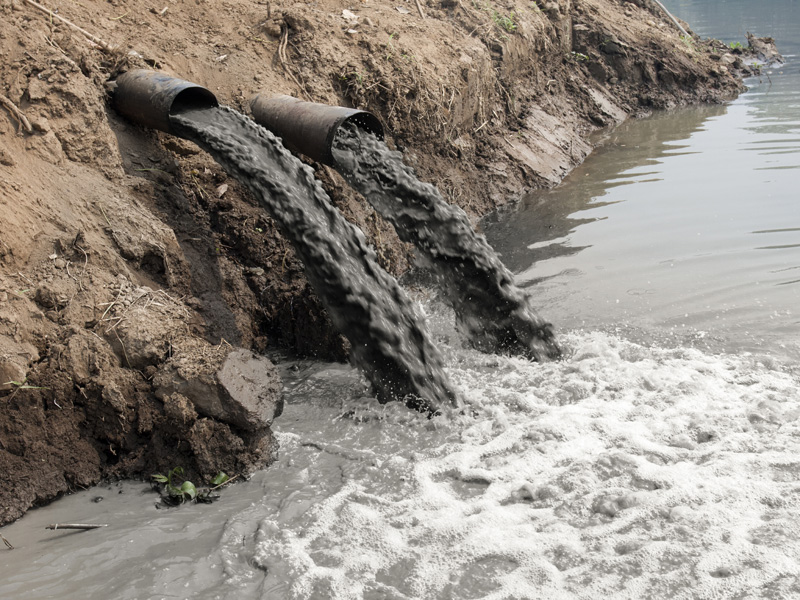Residents in the north eastern suburbs of South Australia are a step closer to saving hundreds of dollars a year and receiving better wastewater services, with the City of Tea Tree Gully agreeing to a sewerage transition plan.
Major works will begin to transfer about 4700 properties from the ageing council-run community wastewater management scheme (CWMS) to the modern SA Water sewer network – saving residents about $400 a year once complete.
More than 60 properties at pilot sites are already being connected with preliminary construction now able to begin on stage one of the transition plan.
In this first stage of the project, about 500 households will be connected by late 2022. SA Water’s project engagement team will meet with local residents to discuss pipeline routes and local scope of works.
David Speirs, Minister for Environment and Water said north eastern suburbs residents would be relieved to now have certainty over the transition of the CWMS.
“The CWMS has been a long-standing issue for residents in the north eastern suburbs with significantly higher costs and a system which is prone to failure,” Speirs said.
“The Marshall Liberal Government has committed to fix this problem once and for all at no cost to residents – saving around $400 a year and improving services for more than 12,000 people.
“For nearly two years we have been working towards delivering this commitment and it’s very pleasing the City of Tea Tree Gully has now agreed to our transition plan which means we can get on with major works. Pleasingly, the City of Tea Tree Gully will make a significant contribution towards the project including the greening of streets as properties are transitioned.
“We will now work constructively with the City of Tea Tree Gully to get residents transitioned across to SA Water as quick as practically possible and at no extra cost to residents.”
Richard Harvey, Member for Newland welcomed the agreement from the City of Tea Tree Gully.
“This means we can start getting on with this important project which will deliver lower costs and a better service to residents in the north east,” Dr Harvey said.
“Our transition plan represents an orderly, efficient, well-designed roll out of services that prioritises the most-affected customers.”
The overall project will be done in three stages, with prioritisation based on a range of criteria. This includes proximity of properties to SA Water’s existing sewer network, community feedback, alignment with upcoming council and development works, and areas with a reported history of blockages and overflows from the existing CWMS infrastructure.
For more information, visit: watertalks.sawater.com.au
Related stories:
SA EPA incentive to reuse wastewater
Flinders University research adding value to wastewater



